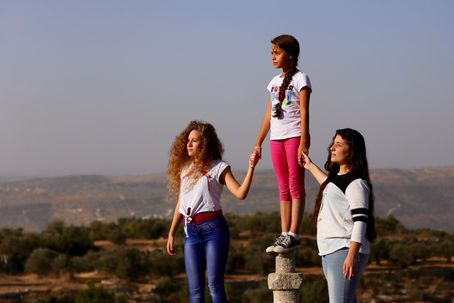Can media becomes the leader of public opinions?
- Cynthia Wang
- Sep 30, 2015
- 3 min read

The photograph of Aylan Kurdi, the Syrian child from Kobane, whose body was washed up on the shore, facing down as if he was in a deep sleep has sparked a furious debate. Global audiences have finally realized that conflicts will no longer be trapped in a certain region, it is an international era that even the butterfly flaps its wings in the distant, unimaginable place, it will eventually influence the whole world.
Spotlights have turned to this area as impacts can be seen everywhere on both traditional and social media. This one single image can be a turning point that flips many of those policy makers’ worlds in developed countries, especially in Europe. European countries have therefore come under criticizes about whether they should take in the huge number of asylum seekers pouring from the Middle East.
However, can media be justified for being the leader of forming public opinions?
Many experts have pointed out that now people are making mistakes by not being able to distinguish information provided by media whether the movement of refugees are seeking asylum, or purely moving due to political or economic reasons; but rather mass audiences tend to be driven by sympathy generated by the picture of the poor Syrian boy. Massive reports from international media and discussions on social media demanding decision makers to have more sympathy on refugees resulted in the force of public opinions. Indeed, one cannot deny that those conflicts happening in Syria and Afghanistan as well as more hidden humanitarian crises have led to this significant numbers of refugees, and they need our helps. It does not mean that countries should take in as many refugees as how media frame their point of views and certain public opinions on their reports.
Especially ironically, when people found out that the little boy Aylan was actually not one of those so-called war refugees from Syria, but he and his families should be referred as economic immigrants.
The executive director of Global Partners Digital Puddephatt argues in his study that media coverage in conflicts can lead to two opposite results, either it can help alleviating conflicts, or it can be mistaken as propaganda and provoke more violence.
Too often that mass audiences do not look at the background or can be unfamiliar in conflict reports and thus they can easily be manipulated with the absence of media literacy. Here are some advices given by several researchers to increase positive impacts on conflict reports.
First of all, the access to accurate information that media provide should be strengthened in all cases. It has been proved that information accuracy and time sensitivity can decrease misjudgments for governmental reactions which often lead to violent over-reaction; Secondly, transparency between diverse media can help maintaining the fairness, balancing two sides and reducing misunderstandings due to the fact that not being familiar with cultures and languages of the reporting conflict zones lead to false reports. Thirdly, the international cooperation to put pressures on leaders from both conflict sides through a greater access to information and the presentation to audiences worldwide. The most powerful weapon that the media can have is public opinions and public pressures. Last but not least, people should have better media literacy. This takes a longer period of time to achieve, but through the cooperation between governments and schools, we can teach students the ability to read through truths and develop their sense of conscious reading.
One has to bear in mind that there are too many concerns and reasons worth noticing behind whether the European countries should or should not take in more refugees. While personally I hold the positive attitude towards media reports which have raised people’s awareness on ongoing conflicts, we should never stop asking ourselves, what is the truth behind each information presented in front of our eyes.




Comments